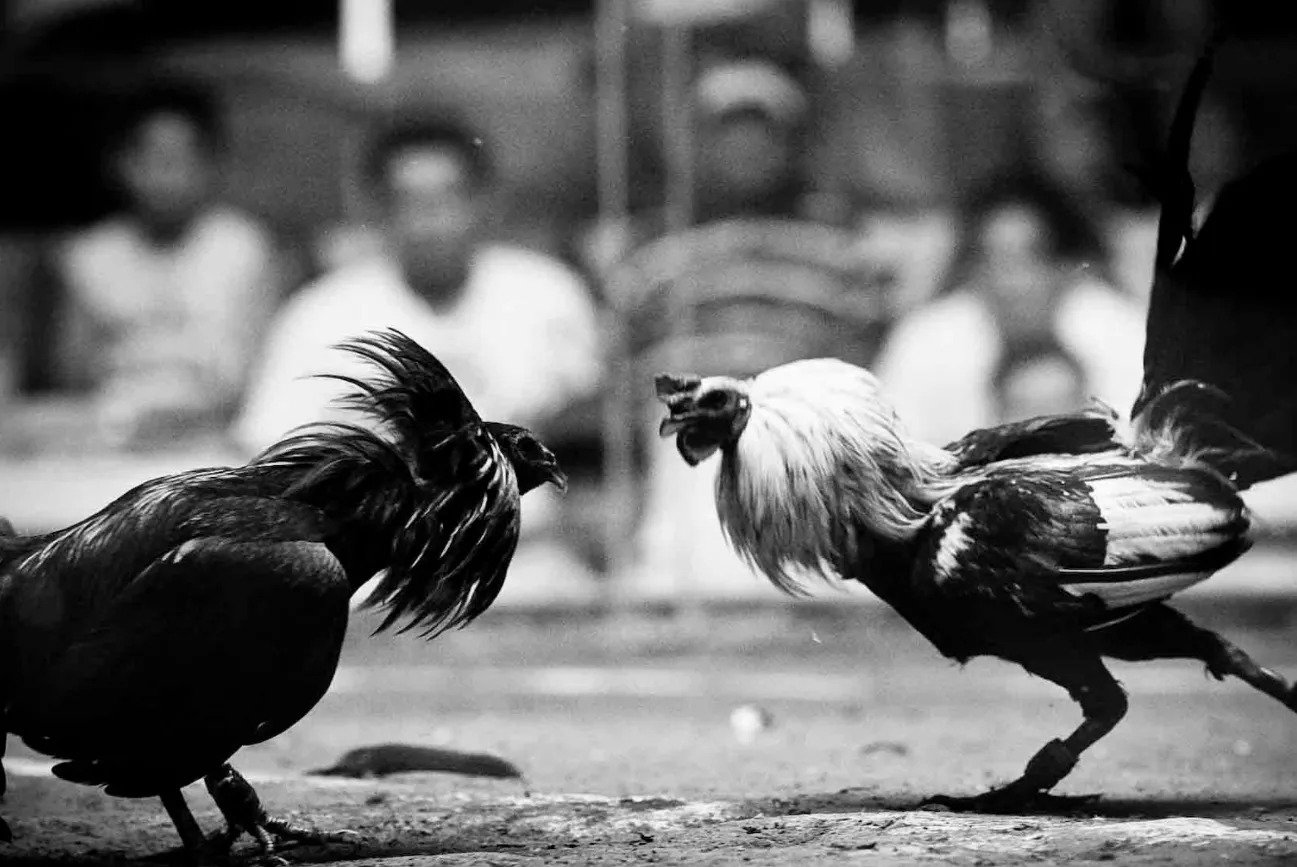Keys of the Sabong Grandmaster: Grasping the Art of Cockfighting
The intricate world of cockfighting, especially as exercised by the Sabong Grandmaster, supplies a remarkable study in the convergence of pet behavior, training methods, and competitive method. To truly comprehend the subtleties of this art kind, one should discover how the Grandmaster balances the physical and emotional facets of rooster training while navigating the honest factors to consider integral in this standard technique. What are the pivotal insights that divide the remarkable from the regular in this realm? Recognizing this can redefine one's perspective on the sport and its specialists.
History of Cockfighting

As the centuries progressed, cockfighting spread throughout various continents, adjusting to regional customizeds and social characteristics. In middle ages Europe, it obtained popularity amongst the nobility, who concerned it as a screen of wealth and status. By the 17th century, the sporting activity had established itself in England, leading to the development of formalized rules and laws.
In the Americas, especially in the Caribbean and the Philippines, cockfighting took on unique attributes influenced by early american backgrounds and native techniques. Today, while the sport remains debatable and deals with legal difficulties in numerous areas, its historical relevance continues to stimulate conversations about pet rights, cultural heritage, and societal worths. The evolution of cockfighting reflects more comprehensive motifs of human interaction with nature and the complexities of practice.
Comprehending Rooster Behavior
Comprehending fowl actions is essential for those associated with the sport of cockfighting, as it straight affects training, health, and performance. Fowls display a variety of behaviors that can suggest their emotional and physical states. Especially, aggressiveness, territoriality, and social power structure play significant roles in their behavior.
Hostility is an all-natural impulse in fowls, largely driven by the demand to insist prominence. Observing communications amongst fowls can expose their pecking order, which is essential for managing their environment. A certain rooster displays a more assertive posture, while a passive one may show signs of stress and anxiety or anxiety, such as crouching or staying clear of eye get in touch with.

Training Techniques for Champions
Reliable training techniques are vital for establishing champ roosters that succeed in the competitive field of cockfighting. A methodical method makes certain that each bird reaches its full capacity, incorporating physical conditioning with psychological perseverance.
To start, establishing a constant training routine is important - Sabong Grandmaster. This consists of daily exercises that enhance strength, agility, and endurance. Regimens may involve controlled competing sessions with both live and synthetic challengers to simulate competition, enabling fowls to develop their battling abilities in a secure environment
Integrating agility drills, such as barrier courses and jumping exercises, substantially boosts a fowl's physical capacities. Additionally, introducing varied surfaces and terrains can improve their adaptability during battles.
Psychological training must not be forgotten. Acquainting the birds with the audios and views of an affordable setting can reduce stress and stress and anxiety on battle day. Positive support methods, such as satisfying desirable habits, can instill self-confidence in the fowls.
Last but not least, keeping a tranquility and assertive existence during training sessions fosters depend on between the fowl and the trainer, vital for accomplishing ideal performance. With each other, these strategies develop a thorough training why not find out more program that cultivates champions all set to master the sector.
Health and Nourishment Basics

Incorporating a mix of barley, wheat, and corn provides required carbohydrates, while healthy protein sources such as fish dish, soybean dish, or pests sustain muscle development and recovery. In addition, incorporating fresh vegetables and fruits can improve the general nutritional profile, providing anti-oxidants that boost the body visit the site immune system.
Hydration is just as vital. Access to clean, fresh water ought to be a concern, as dehydration can badly influence efficiency (Sabong Grandmaster). Regular health and wellness examinations are important to keep an eye on for any type of prospective diseases or parasites that might jeopardize a rooster's condition
Furthermore, the timing of feed is critical. Supplying sustenance at ideal periods guarantees that roosters keep power degrees throughout their training and recuperation phases. By focusing on these wellness and nourishment fundamentals, sabong enthusiasts can aid their fowls accomplish optimal efficiency in the competitive sector.
Techniques for Effective Suits
Success in cockfighting hinges on a mix of tactical preparation and in-ring tactics. Effective match strategies begin long prior to the battle, with mindful choice of the rooster. Dog breeders ought to prioritize hereditary traits such as durability, aggressiveness, and stamina, ensuring that the selected bird shows a strong family tree of performance.
Training is critical; roosters need to be conditioned through a routine that includes exercise, competing with other birds, and exposure to numerous environments. This prep work not just builds toughness but also enhances the bird's adaptability to various opponents.
Throughout the match, a handler has to employ keen monitoring and fast decision-making. Recognizing the challenger's methods enables prompt modifications, such as changing the rooster's stance or motivating extra aggressive habits. When to urge or restrain the bird can imply the difference between success and loss., timing is essential; knowing.
Lastly, preserving a tranquil disposition during matches cultivates self-confidence in the fowl. A well balanced technique, integrating both psychological and physical readiness, eventually causes successful end results in the sector, showing that proficiency in cockfighting is as much address regarding method as it has to do with the birds themselves.
Final Thought
The proficiency of cockfighting, as exhibited by the Sabong Grandmaster, rests on a detailed understanding of rooster behavior, effective training strategies, and ideal health and nutrition. By integrating typical experiment contemporary approaches, champions are cultivated, showcasing remarkable strength, agility, and durability. Strategic insights during suits better improve the probability of success. Ultimately, the secrets of the Sabong Grandmaster hinge on the unified balance of these elements, ensuring the proceeded tradition of this ancient sporting activity.
To truly comprehend the subtleties of this art type, one have to discover how the Grandmaster integrates the physical and psychological elements of fowl training while browsing the honest considerations intrinsic in this typical practice.Comprehending fowl behavior is necessary for those entailed in the sport of cockfighting, as it straight affects wellness, performance, and training.Keeping optimal health and wellness and nourishment is vital for guaranteeing that roosters reach peak performance in the cockfighting arena. Giving nutrients at suitable periods ensures that fowls preserve energy levels throughout their training and recuperation phases.The mastery of cockfighting, as exemplified by the Sabong Grandmaster, hinges on a detailed understanding of rooster habits, reliable training strategies, and optimal health and wellness and nutrition.